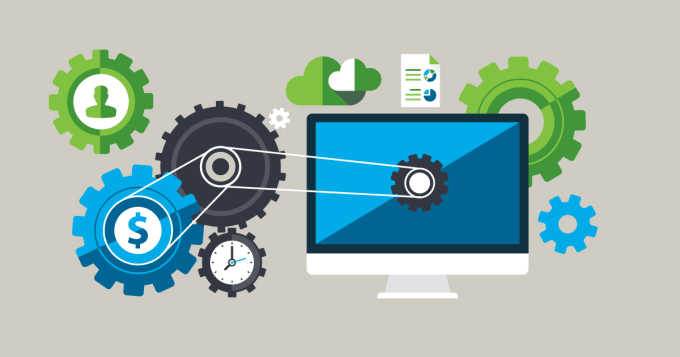In today’s fast-paced world, maximizing productivity is essential. One of the most effective ways to do this is by automating repetitive tasks, freeing up time for more valuable and strategic work. This comprehensive guide walks you through a step-by-step process to start automating tasks in both personal and professional environments.
Step 1: Identify Repetitive Tasks
Begin by analyzing your daily and weekly routines. Look for tasks that are consistently repeated with little or no variation. Common examples include:
- Data entry
- Email responses
- File organization
- Invoice creation
- Report generation
Track these tasks over the span of a few days or weeks to get a comprehensive list of candidates for automation.
Step 2: Evaluate Tools for Automation
Once you have a list of tasks, research the best tools that can help automate them. Popular categories of tools include:
- Workflow automation platforms: Zapier, Make (formerly Integromat), Microsoft Power Automate
- Scripting tools: Python, Bash, AppleScript
- RPA tools: UiPath, Automation Anywhere, Blue Prism
- Email automation: Mailchimp, Constant Contact
Ensure that the tools you choose integrate well with your existing systems and are suitable for the complexity of your tasks.
Step 3: Map Out Your Workflow
Before setting up automation, clearly define the steps involved in each task. Use flowcharts or workflow diagrams to visualize the sequence of actions. Consider the following elements:
- Start and end points
- Inputs and outputs
- Tools used at each stage
- Decision points or conditional logic
This step helps prevent errors and ensures smoother implementation when automating.
Step 4: Start With One Task
Pick a single, manageable task to automate first. Choose one that has a clear structure and high frequency. For instance, you might automate downloading attachments from emails and uploading them to Google Drive using a tool like Zapier.
Set up the workflow in your chosen platform and test it thoroughly to identify any breaks or inconsistencies.
Step 5: Monitor and Optimize
After implementing your automation, monitor its performance regularly. Watch for issues such as:
- Incorrect outputs
- Missed triggers
- Performance lags
Use logs or reports generated by your automation tool to understand the reliability of your workflows. Refine and optimize based on the data collected.
Step 6: Scale Up Automation
Once you are confident with your first automation, move on to more complex or less frequent tasks. Consider developing a full-scale automation strategy for your workflow, which can include:
- Automating customer onboarding flows
- Generating weekly and monthly analytics reports
- Automating backups and data synchronizations
Be sure to document each new automation for consistency and team collaboration.
Benefits of Automating Repetitive Tasks
Implementing automation yields several tangible benefits, including:
- Increased productivity
- Reduced human error
- Time and cost savings
- Improved workflow efficiency
- Scalability of operations
Conclusion
Automation isn’t just for tech-savvy individuals or large corporations. With easy-to-use platforms available today, anyone can start streamlining daily operations and reclaim valuable time. Begin with small steps, focus on impact, and gradually build a system that works for you.
By following this step-by-step comprehensive guide, you’ll be on your way to reducing tedious tasks and prioritizing work that truly matters.





